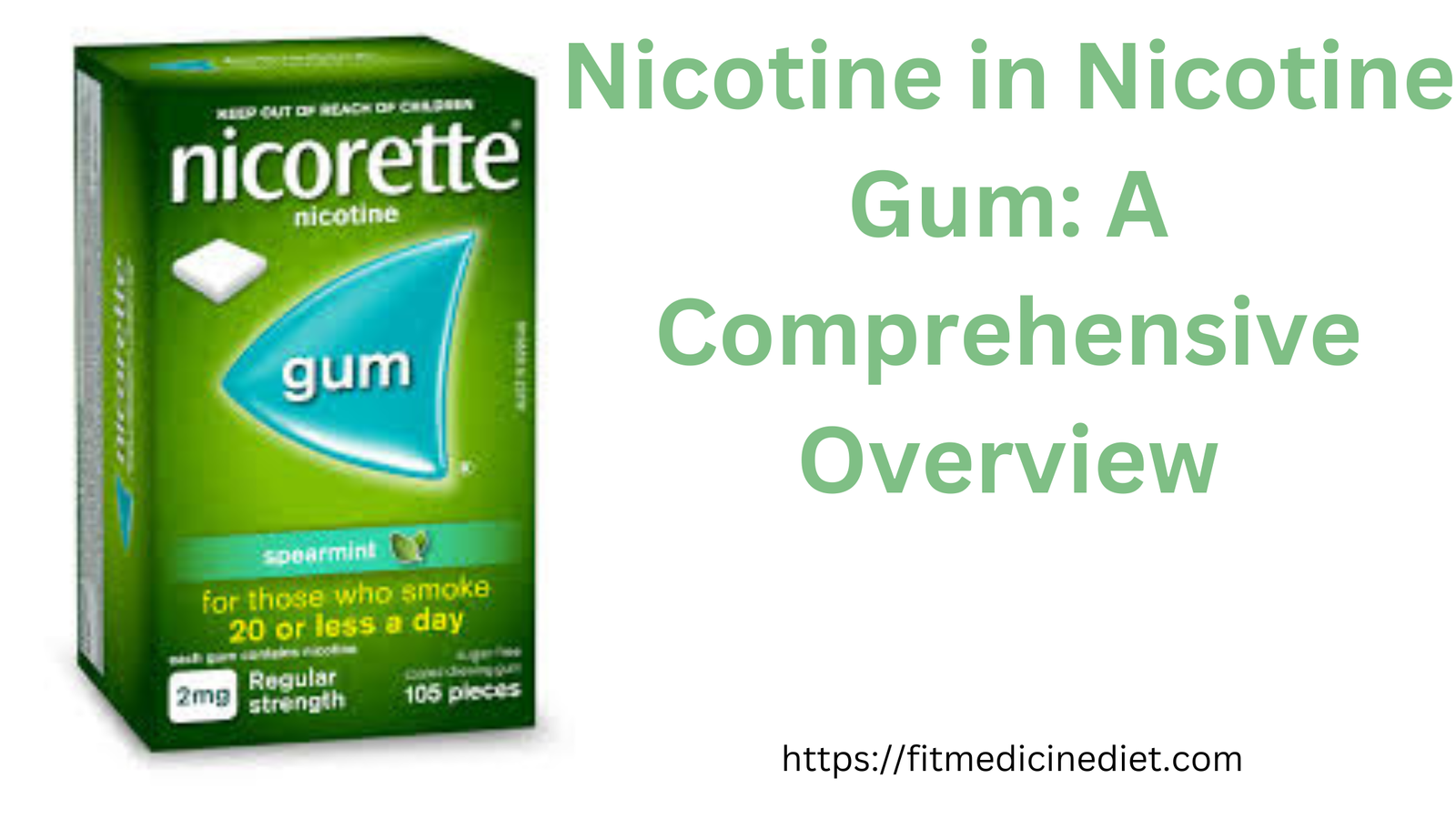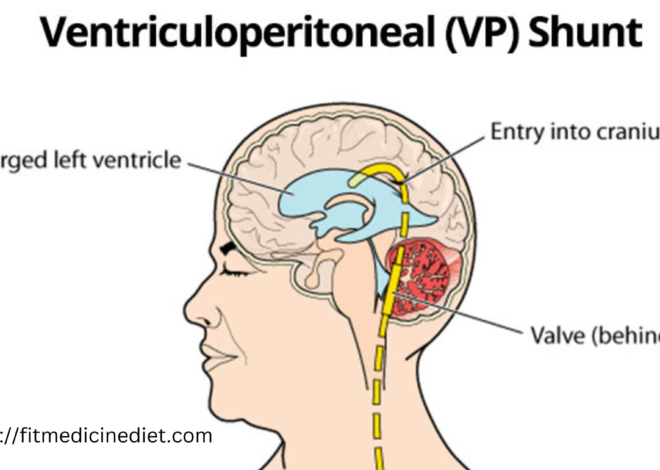
Nicotine in Nicotine Gum best information 2024: A Comprehensive Overview
Nicotine in nicotine gum: A Comprehensive Overview
Nicotine is one of the most widely used substances worldwide, known primarily for its presence in tobacco products. Over the years, as the health risks associated with smoking and tobacco use became well-documented, many individuals have turned to alternative methods for consuming nicotine in a less harmful way. One of the most popular nicotine in nicotine gum alternatives is nicotine gum. This article explores the role of nicotine in nicotine gum, its mechanism of action, benefits, potential risks, and its effectiveness as a smoking cessation tool.
What is nicotine in nicotine gum?
Nicotine is a naturally occurring alkaloid found primarily in the tobacco plant, though it can also be present in smaller amounts in other plants such as tomatoes, eggplants, and potatoes. It is highly addictive and affects the brain by stimulating the release of neurotransmitters like dopamine, leading to feelings of pleasure and reward. This makes nicotine consumption a habit-forming behavior for many, particularly in the form of smoking.
When inhaled through smoking, nicotine quickly enters the bloodstream through the lungs, reaching the brain within seconds. This rapid delivery is a significant factor in nicotine’s addictive potential. However, smoking carries numerous health risks, including heart disease, lung cancer, respiratory issues, and a host of other conditions related to the toxins and carcinogens present in tobacco smoke. This has led to the development of alternative nicotine delivery systems, including nicotine gum, which provides a safer way to consume nicotine while avoiding the harmful effects of tobacco smoke.
What is nicotine in nicotine gum?
Nicotine gum is a form of Nicotine Replacement Therapy (NRT), designed to help individuals reduce or quit smoking by delivering a controlled amount of nicotine to the body. Introduced in the early 1980s, nicotine gum is a chewing gum that contains a low dose of nicotine, allowing the user to absorb it through the lining of the mouth (the buccal mucosa) rather than through the lungs.
Nicotine gum is typically available in two strengths: 2 mg and 4 mg. The lower dose is recommended for individuals who smoke fewer than 20 cigarettes a day, while the higher dose is intended for those who smoke 20 or more cigarettes a day. This allows users to control their nicotine intake, helping to reduce cravings and withdrawal symptoms as they work toward quitting smoking.
How Does Nicotine Gum Work?
Nicotine gum works by delivering nicotine to the brain in a much slower and more controlled manner compared to smoking. When the gum is chewed, nicotine is released and absorbed into the bloodstream through the mouth’s mucous membranes. This slower absorption rate means that the “hit” of nicotine is less intense and more gradual than when nicotine is inhaled through cigarette smoke.
The slow release and absorption of nicotine help reduce withdrawal symptoms, including irritability, anxiety, difficulty concentrating, and cravings. Because it mimics the nicotine delivery that smokers are accustomed to, nicotine in nicotine gum can be an effective tool for gradually reducing dependence on nicotine without the harmful effects of inhaling tobacco smoke.
Benefits of nicotine in nicotine gum
- Reduction in Health Risks: One of the most significant benefits of nicotine gum is that it eliminates the harmful toxins found in cigarette smoke. By avoiding these toxins, users can drastically reduce their risk of developing smoking-related diseases such as lung cancer, chronic obstructive pulmonary disease (COPD), and heart disease.
- Gradual Nicotine Reduction: Nicotine gum allows users to gradually reduce their nicotine intake, helping them avoid the intense withdrawal symptoms that often come with quitting smoking cold turkey. This gradual reduction in nicotine dependence makes it easier for individuals to quit smoking over time.
- Convenience and Control: Nicotine gum is convenient to use and can be chewed discreetly, making it suitable for various settings where smoking is prohibited or undesirable. The user also has control over their nicotine intake by choosing the strength of the gum and adjusting the frequency of use.
- Immediate Craving Relief: One of the challenges in quitting smoking is dealing with sudden nicotine cravings. nicotine in nicotine gum provides relatively quick relief from cravings, typically within minutes of chewing, helping to manage these urges effectively.
- Flexibility in Use: Nicotine gum can be used on an as-needed basis. Smokers trying to quit can chew the gum whenever they feel an urge to smoke, giving them the flexibility to address cravings as they arise.
Potential Risks and Side Effects of Nicotine Gum
While nicotine gum is generally considered safer than smoking, it is not without its potential side effects and risks. Some of the most common side effects include:
- Mouth and Throat Irritation: Nicotine gum can cause irritation in the mouth and throat, particularly if it is chewed too quickly. The recommended method is to chew the gum slowly until a peppery or tingling sensation is felt, then park it between the cheek and gum to allow nicotine to be absorbed.
- Gastrointestinal Issues: Some users may experience stomach discomfort, nausea, or hiccups if they swallow too much saliva while chewing nicotine gum. This is due to nicotine entering the digestive system instead of being absorbed through the mouth.
- Addiction to nicotine in nicotine gum: While nicotine gum is designed to help reduce nicotine dependence, it is possible for individuals to become reliant on the gum itself. Some people may find it challenging to stop using nicotine gum even after they have quit smoking, leading to prolonged nicotine consumption.
- Dental Issues: Long-term use of nicotine gum can potentially lead to dental issues such as jaw discomfort, gum disease, or cavities. This is particularly true for individuals who chew the gum frequently or for extended periods.
- Nicotine Overdose: Although rare, it is possible to overdose on nicotine if too much gum is chewed in a short period. Symptoms of nicotine overdose include dizziness, increased heart rate, nausea, and headache. Users are advised to follow dosing recommendations carefully to avoid this risk.
Nicotine Gum as a Smoking Cessation Tool
Numerous studies have demonstrated the effectiveness of nicotine in nicotine gum as a smoking cessation aid. It is often used as part of a broader quit-smoking plan, which may include other forms of nicotine replacement therapy (such as patches, lozenges, or inhalers), behavioral counseling, and support groups. nicotine in nicotine gum helps manage the physical aspect of nicotine dependence by providing a lower, controlled dose of nicotine, while behavioral therapies address the psychological and habitual components of smoking.
Efficacy of Nicotine Gum
According to research, nicotine gum can double a smoker’s chances of quitting successfully compared to going cold turkey. A Cochrane review of studies on nicotine replacement therapy found that nicotine gum significantly improved the likelihood of quitting smoking for at least six months. Success rates vary depending on factors such as the level of nicotine dependence, the strength of the gum used, and the individual’s motivation to quit.
For individuals who have strong cravings for cigarettes shortly after waking up, nicotine gum can be especially helpful in managing morning cravings, which are often the most difficult to overcome.
Best Practices for Using Nicotine Gum
To maximize the effectiveness of nicotine gum, it is important to use it correctly. Here are some best practices:
- Follow Dosage Recommendations: Use the appropriate strength of gum based on your smoking habits. For light smokers, the 2 mg gum is usually sufficient, while heavy smokers may need the 4 mg gum.
- Chew Slowly: Chew the gum slowly until you experience a tingling sensation, then park it between your gum and cheek. This allows the nicotine to be absorbed gradually.
- Do Not Swallow the Gum: Avoid swallowing the gum or chewing it too quickly, as this can lead to stomach discomfort and reduce the effectiveness of the nicotine absorption.
- Limit Use Over Time: Gradually reduce the amount of gum you use as your cravings decrease. The goal is to eventually stop using nicotine gum nicotine in nicotine gum altogether.
- Avoid Certain Foods and Beverages: Coffee, acidic beverages (such as soda or juice), and alcohol can interfere with nicotine absorption, so it is best to avoid them for 15 minutes before and after chewing the gum.
Conclusion
Nicotine gum serves as an effective tool in helping individuals reduce or quit smoking by providing a controlled dose of nicotine without the harmful toxins found in tobacco smoke. It offers numerous benefits, including the reduction of nicotine withdrawal symptoms, the flexibility to manage cravings, and the ability to gradually reduce nicotine dependence. However, while nicotine gum is generally safer than smoking, it is not without potential risks such as mouth irritation, gastrointestinal discomfort, and the possibility of developing a dependence on the gum itself. To maximize its effectiveness, When used correctly, nicotine gum can significantly enhance an individual’s chances of successfully quitting smoking, making it a valuable component of many smoking cessation strategies.


